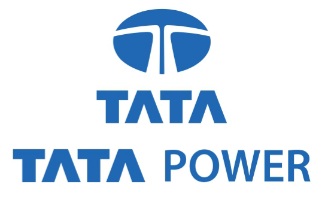Bhubaneswar : Odisha Emerges as a leader amidst Gol Push for Nationwide Distribution Reforms.
Privatized Discom Model in Odisha showcases efficiency, reduced losses, and national recognition as India eyes major Electricity Act amendments. As the Ministry of Power unveils an ambitious set of amendments to the Indian Electricity Act, 2025, aimed at reviving India’s ailing power distribution sector, Odisha’s model of privatized electricity distribution has emerged as a model of reform that is already delivering results.
Five years after privatization, the state’s four power distribution companies (Discoms) have cut Aggregate Technical & Commercial (AT&C) losses by more than ten percentage points achieving measurable efficiency gains and a striking financial turnaround. In a sector long plagued by inefficiency and mounting losses, Odisha has shown that structural reforms, when paired with accountability, can deliver both operational stability and consumer benefits.The results are evident on the ground.
Over the past half-decade, Odisha’s Discoms have rolled out more than a million new electricity connections while investing close to ₹5,000 crore in network upgrades, technology integration, staff training, and safety improvements.
Led by Tata Power, one of India’s most experienced utilities, in partnership with the state government, the distribution companies now serve around one crore con sumers spread across a vast 150,000 sq. km area, catering to a populace of nearly 5 crore people.
Today, in such a short span of time Odisha Discoms have also been recognised among the best in the country by the Ministry of Power (MoP) in their annual ratings. Perhaps the most remarkable achievement has been in rural electrification. For the first time, a private player has transformed power distribution in India’s villages, delivering reliable service to areas that had historically suffered neglect. This success has positioned Odisha as a rare case study in how private-sector efficiency can be harnessed for public good, and a reform model that other states can quickly replicate.
Among the key provisions, the draft seeks to discourage populist tariff distortions. Another maior reform proposal is the elimination of cross-subsidies for Railways, Metro Railways, and Manufacturing Enterprises within five years, a move expected to reduce industrial tariff burdens and enhance competitiveness. The amendments also emphasize promotion of clean and co-generated energy, easing grid connectivity and open access for renewable producers, and mandating Discoms to procure a minimum share of power from green sources, as determined by the Central Government.
Additionally, the draft empowers the Central Electricity Authority (CEA) to frame cybersecurity regulations for integrated grid operations-ensuring resilience against digital threats. It also allows distribution licensees to supply power through their own or shared networks, promoting infrastructure efficiency and service reliability.






